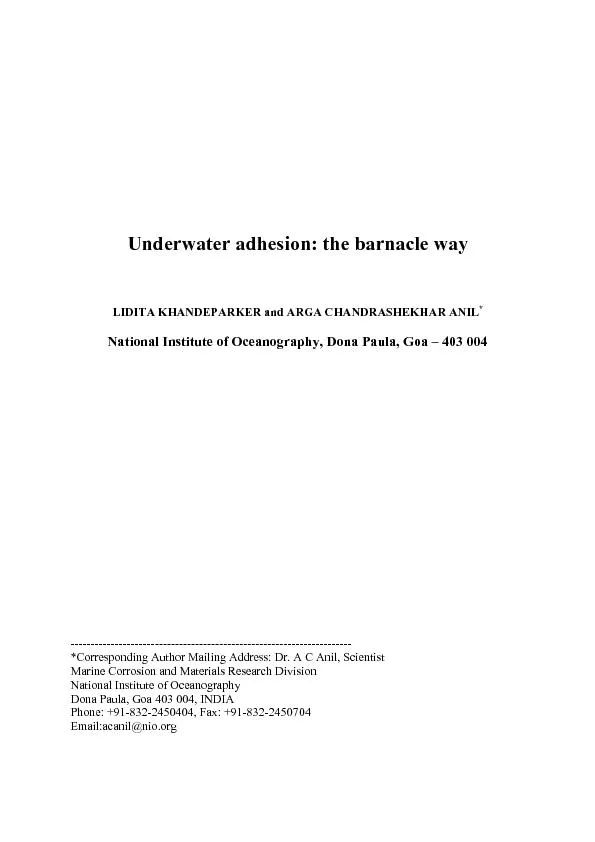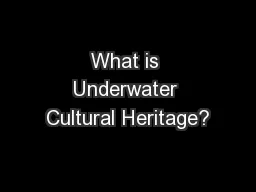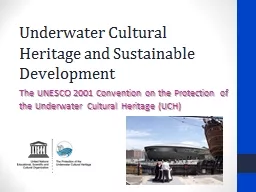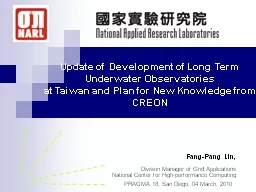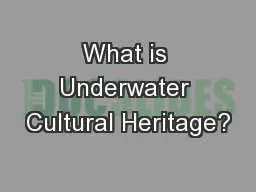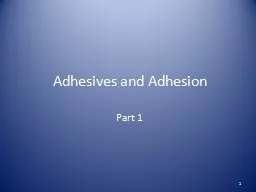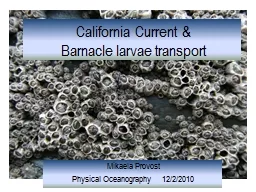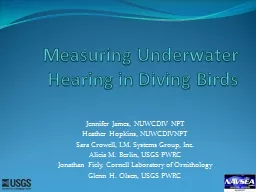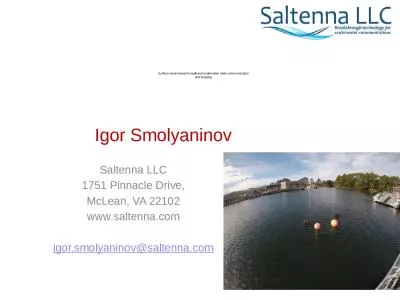PDF-Underwater adhesion: the barnacle way
Author : cheryl-pisano | Published Date : 2016-05-13
2 Lidita Khandeparker Arga Chandrashekhar Anil National Institute of Oceanography Dona Paula Goa 150 403 004 Abstract Barnacle cement is an underwater adhesive
Presentation Embed Code
Download Presentation
Download Presentation The PPT/PDF document "Underwater adhesion: the barnacle way" is the property of its rightful owner. Permission is granted to download and print the materials on this website for personal, non-commercial use only, and to display it on your personal computer provided you do not modify the materials and that you retain all copyright notices contained in the materials. By downloading content from our website, you accept the terms of this agreement.
Underwater adhesion: the barnacle way: Transcript
Download Rules Of Document
"Underwater adhesion: the barnacle way"The content belongs to its owner. You may download and print it for personal use, without modification, and keep all copyright notices. By downloading, you agree to these terms.
Related Documents

